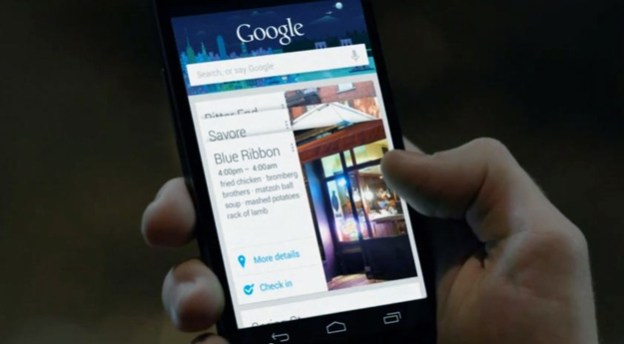
I can’t remember the last time I only carried one smartphone with me on a daily basis. My main handset has been an iPhone since the device first debuted in 2007, but even then I also had a Nokia or a BlackBerry phone with me at all times. As sleek and exciting as the iPhone was, there was just too much functionality it didn’t include, and I wanted it all.
Fast-forward to 2015, and I still almost always carry two phones with me. Right now my main phone is an iPhone 6, but there’s also typically an Android handset in my pocket waiting patiently to fill in the blanks.
The problem, however, is that I’m running out of blanks to fill.
In 2015, smartphones are more capable than they have ever been before. Whether you use an Android handset or an iPhone, the device in your hand is more powerful and more versatile than the average desktop computer was just a few short years ago. In fact, there are millions upon millions of smartphone users around the world who might never even touch a conventional computer in their lifetimes, but they’ll still have access to remarkable functionality and the wealth of information that is the Internet.
Smartphone platforms themselves are also constantly evolving as Apple and Google add new features each year. Android M is sleeker and more refined than any previous Android build. And on the other side of the fence, iOS 9 is set to launch this fall and bring with it a host of new functionality.
I have been running a beta version of iOS 9 on my iPhone 6 since it was first released. Well, I did uninstall iOS 9 almost immediately after installing the first beta, but I reloaded iOS 9 on my phone once beta 2 was released and I haven’t looked back. Apple’s iOS 9 software is packed with new features, and I am now truly running out of reasons to use an Android phone alongside my iPhone 6.

I used to carry an Android phone in part because of the deep integration with Google services. But now, Google is taking over my iPhone and I couldn’t be happier. I also used to prefer Google Now on Android instead of the limited version in the Google app for iOS, but now Siri’s proactive suggestions address much of that functionality.
In fact, Siri is now even smarter than Google Now in some ways. For example, I go to the same dog park several times a week, and I always leave around the same time. Now, when I get in my car around that time, my iPhone automatically tells me how long it will take to drive to the dog park, and it lets me know if there is any traffic along the way.
It’s scary, but brilliant.
Siri is actually something I stopped using almost entirely just after it was first released, but I have to say, Siri in iOS 9 is pulling me back in. The virtual assistant’s newfound ability to understand commands that are strung together based on context is beyond impressive, and I often have trouble stumping Siri these days.
In the beginning, it was a struggle to find commands Siri could handle. In iOS 9, it’s a struggle to find things Siri can’t do.

There is still functionality present in Android does that is absent in iOS. A great deal of functionality, in fact. For instance, I recently wrote about an Android app that adds one simple feature I wish I could have on my iPhone, and that’s just one of hundreds of nifty apps with capabilities that are nowhere to be found on the iPhone.
While iOS unquestionably attracts the best and the brightest mobile developers in the world, Apple’s mobile platform does have many limitations compared to Android as far as which features third-party apps can access and utilize. This is a good thing in some ways — just look at the signal to noise ratio in the App Store compared to Google Play — but it also means the iPhone may never have some great features Android users get to enjoy.
But how important are those features?
To some users, the ability to replace your icons or even your entire home screen is great. Other users wouldn’t dream of living without complex automation solutions like Tasker. In fact, we’ve covered dozens of great apps that do things the iPhone can’t.
The issue, however, is that the list of truly important functionality present on Android devices and absent from the iPhone is shrinking, and it’s shrinking very quickly.
Compounding matters is the fact that iOS now locks users in more than ever before. From iMessage, Handoff and Find My Friends to iOS-only apps and now Apple Music (at least, until an Android version is released), leaving iOS means leaving all of that behind and being on the outside.
A friend of mine said it best last year:
I have just about every flagship Android phone that has been released in the past 18 months, and might I even have a few that haven’t been announced yet. Most of them are great phones, and they’re more than capable enough to do anything I need them to do. The problem, however, is that I don’t really need them to do much of anything these days, because my iPhone can do all that and more.
0 comments:
Post a Comment